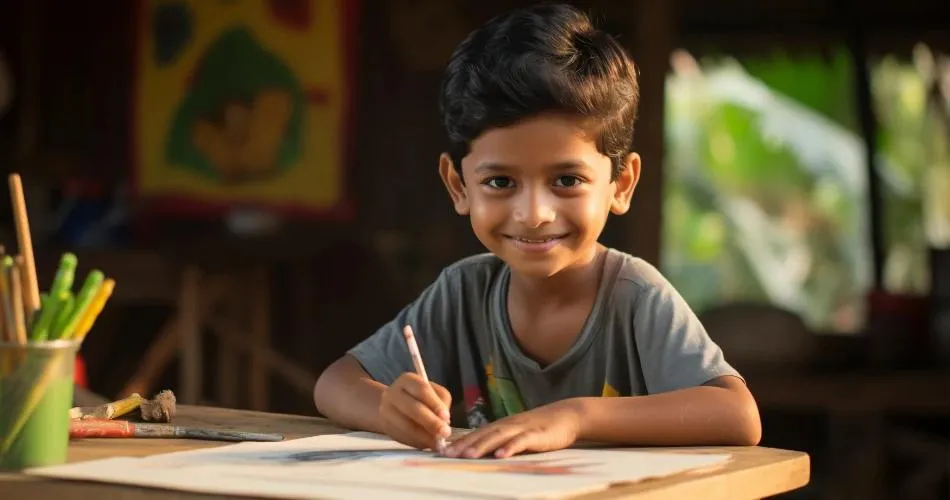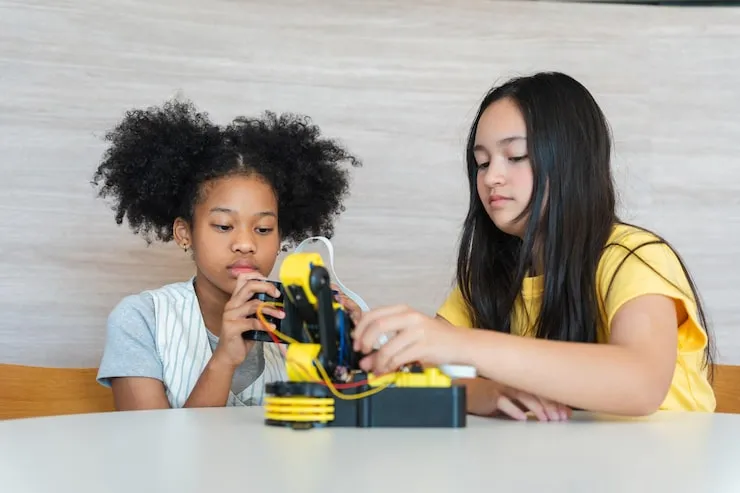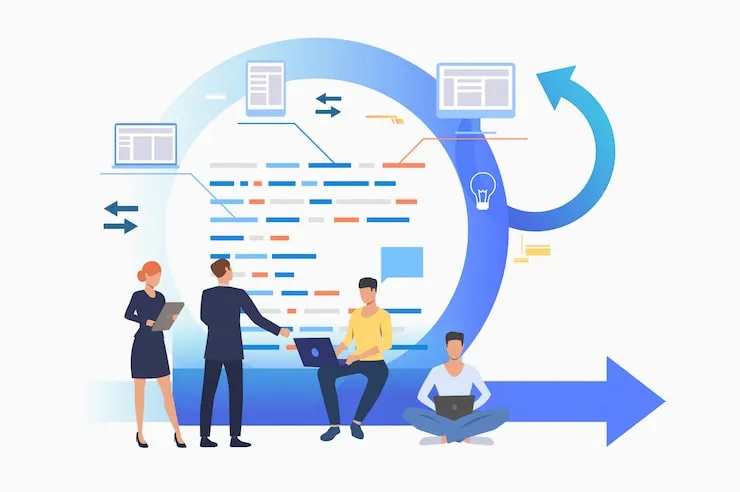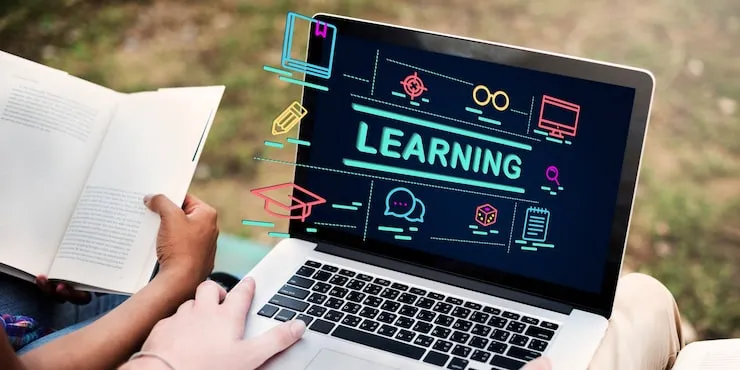Maharashtra’s early education efforts are showing promising results. Government, educators, NGOs, and parents have come together to strengthen foundational skills in children aged 3 to 8. Since the launch of Mission NIPUN Maharashtra in 2022, millions of students have received help in reading and math.
Over 11 lakh mothers have been trained to guide home-based learning using low-cost tools, mobile apps, and WhatsApp-based support. The state has also deployed tech platforms and tracking systems to assess learning regularly.
Survey data shows progress. However, experts warn of issues in delivery, teacher training, and digital access. These problems affect learning outcomes, especially in rural areas.
The heart of Maharashtra’s strategy is its parent-led model. As part of the NIPUN initiative, mothers in rural and tribal areas were organized into small groups. They were trained using simple videos, storybooks, and community meetings.
The idea was to give mothers the tools to teach children at home—especially in places where early childhood education is weak. Mothers used toys, songs, and games to teach counting and letters.
According to Pratham and SCERT reports, these groups became a social force. In districts like Nandurbar and Satara, mothers met weekly and shared tips. Children, in turn, became more confident when they started formal school.
The ASER Early Years 2019 survey showed that 64.1% of six-year-olds in Maharashtra were enrolled in age-appropriate Grade 1—much higher than the national average of 46.4%. About 46.5% could recognize two-digit numbers, and 44.1% of Grade 2 students could read a Grade 1-level text.
Digital Tools and District Innovation
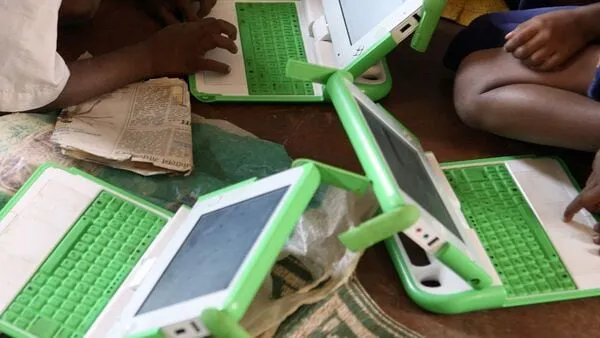
Technology helped the program grow. The NIPUN Maharashtra App, developed with VOPA, tracks student learning and shares real-time results with teachers and parents. Over 7 million students and thousands of teachers use the app.
Every two weeks, students take short tests. The app stores this data and gives teachers insights into each child’s progress. District officials say it has saved over 1.3 million school days through early detection of learning gaps.
Districts like Pune and Nashik went even further. Pune’s Gunvatta Vridhi Abhiyan used 60-day learning camps, teacher training, and monitoring tools. The result: an 8% increase in the number of children moving from basic to intermediate skill levels.
But success is uneven. ASER 2022 showed that only 26.6% of Grade 3 students could read a Grade 2 text, down from 42.1% in 2018. Math performance also dropped. Only 18.7% of Grade 2 students could do basic subtraction, down from 27.1% four years earlier.
Experts say the COVID-19 pandemic caused setbacks. Others point to gaps in training and delivery of the new methods.
Key Gaps and What Needs Work
One major issue is digital access. Not all mothers have smartphones or data plans. This made it hard for many to watch videos or join WhatsApp groups. In some areas, leaders were trained, but the message never reached the rest.
Teachers, too, need better support. While apps and materials exist, not all educators are trained in early learning methods. Multi-grade classrooms and large class sizes make things harder.
There are also concerns about survey size and accuracy. ASER 2022 surveyed only 0.81% of schools and 0.16% of students in Maharashtra. The state government prefers UDISE+ data, which covers every school, but experts say both types of data are needed for a full picture.
To fix these problems, experts suggest five things:

- Use offline materials like print books or local radio in places with no internet.
- Make FLN training compulsory for all teachers, not just a few.
- Improve school infrastructure so that every child has a good place to learn.
- Keep tracking data from both UDISE and ASER.
- Support local pilots like Pune’s while making sure all districts follow similar standards.
Maharashtra has made real progress. Mother-led learning, digital tools, and district innovation have helped many children start school with stronger skills.
But inclusion is still a challenge. Not every child is getting the same quality of support. Without better delivery and training, the early learning movement may slow down.
The state now stands at a crossroads. With continued work, Maharashtra could become a national model. But the work must go deeper—into every home, every classroom, and every district.



